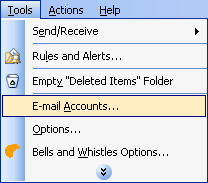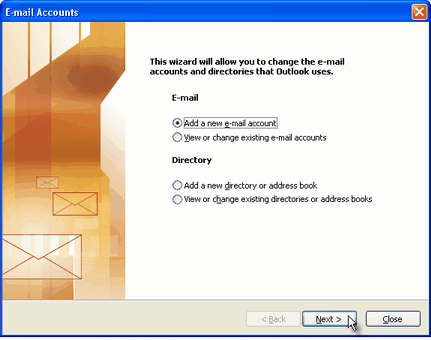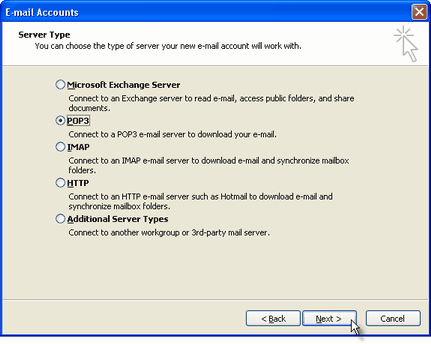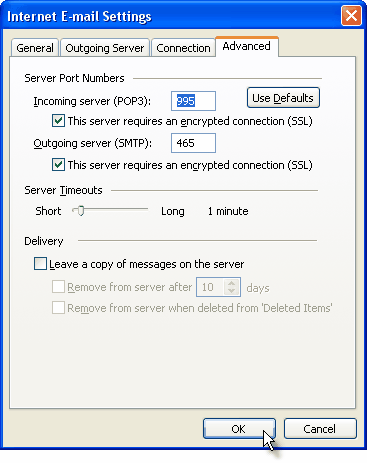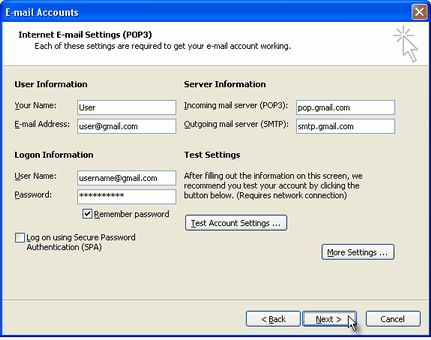You have
upgraded to Windows 7, love the
new taskbar, and enjoy the power of using the cool
Libraries feature.
But now you want more. You want the cool tips and tricks that make Windows 7 fun!
So here are the best ones to help you get the most out of your new OS. In this article, we will focus on the
Windows 7 interface to get you started on the road to becoming a Windows 7 Power User. In Part 2, we will be looking at advanced tips for usability, performance, and security.
1. Use Keyboard Shortcuts
Using the mouse, you can
drag-”˜n-dock windows to either side of the screen, or drag it to the top to maximize it. These keyboard shortcuts are even faster:
- Win+Left Arrow and Win+Right Arrow dock the window to the left and right side of the screen
- Win+Up Arrow and Win+Down Arrow maximize and restore/minimize
- Win+M minimizes everything
- Alt+Up, Alt+Left Arrow, Alt+Right Arrow navigate to parent folder, or browse Back and Forward through folders in Explorer
- Win+Home minimizes/restores all open windows except the active window
- Alt+Win+# accesses the Jump List of program number ‘#’ on the taskbar
2.Rearrange System Tray Icons
You can rearrange icons on the taskbar as you wish and start new (or switch to running) instances of the first ten taskbar programs using
Win+1,
Win+2, and so on. The cool thing is you can also rearrange system tray icons. Reorder them on the tray or move them outside or back in the tray. Take control of what you want to always keep an eye on, and from which apps you’ll require notifications.
3. Access Jump Lists with the Left Mouse Button
Jump Lists usually show up when you right-click on a taskbar icon. However, they can also be accessed by holding the left mouse button and dragging upwards. If you’re using a laptop touchpad or a touch screen, this is convenient because you do not have to click any button to access a context menu.
4. Add Any Folder to Favorites
You can add any library or folder to the Favorites section in Windows Explorer. To add a folder, navigate to it in Explorer, right-click
Favorites in the left navigation pane, and select
Add current location to Favorites. Now you get quick access to your favorite folders in all
File->Save As dialogs!
5. Pin Frequently Used Folders to the Taskbar
Right-click, drag, and pin your favorite folders to Windows Explorer on the taskbar. They will now show up in the
Jump List when you right click on Explorer giving you quick access to your favorite folders.
6. Pin Control Panel to the Taskbar
You cannot pin the Control Panel to the taskbar via the
Start Menu or by drag and drop. Open the Control Panel and right-click its taskbar icon to pin it to the taskbar. An advantage of this is that Control Panel’s Jump List allows quick access to recently used functions.
7. Create Keyboard Shortcuts for Programs
You can create keyboard shortcuts for any program in Windows 7. Right-click the program icon and select
Properties. Select the
Shortcut tab, click in
Shortcut key, to set the keyboard shortcut for that program.
8. Open Command Prompt in Any Folder
Like the command prompt? Miss the “˜
Open Command Window Here’ Windows XP power toy? Press “˜
Shift’ when right-clicking on a folder to get that option in the context menu. This also works on the desktop. No power toy required!
9. View Expanded ‘Send To’ Menu
Press
Shift when right-clicking on a folder to get an expanded
Send To menu.
10. Adjust Screen Text with Clear Type
Use
Clear Type Tuner for the best look on your LCD monitor or laptop screen. Run “˜
cttune.exe‘ from the
Start Menu search box, or go to the Control Panel Display applet, and select
Adjust ClearType Text from the left.
11. Get Exact Colors On Your Screen
If you are an artist or you work with colors, use the
Calibrate Color option in the Control Panel Display applet or run
dccw.exe from the
Start Menu search box. You can adjust gamma, brightness, contrast, and color balance, ensuring that colors are displayed correctly on your screen.
12. Customize the Power Button
If you restart your computer more often than you shut it down, change the default
Shutdown power button to
Restart. Right-click on
Start, select
Properties, and choose the
Power button action that you use the most.
13. Customize Number of Items in Jump Lists & Start Menu
Right-click
Start, select
Properties, click
Customize and choose the number of recent programs to be shown in the
Start Menu and the number of items displayed in
Jump Lists from the Start Menu Size section below.
14. Search Internet from the Start Menu
Enable Internet search from the Start Menu using your default browser. Run
GPEDIT.MSC from the
Start Menu search box to start the
Group Policy Editor. In the left pane, go to
User Configuration->Administrative Templates->Start Menu and Taskbar. In the right pane, right-click to Edit and Enable
Add Search Internet link to Start Menu.
15. Add Videos to Start Menu
Windows 7 does not place a link to your videos on the Start Menu by default. To add a link to your videos on the Start Menu, right-click
Start, select
Properties, click on
Customize. In the
Videos section at the bottom, choose
Display as a link.




